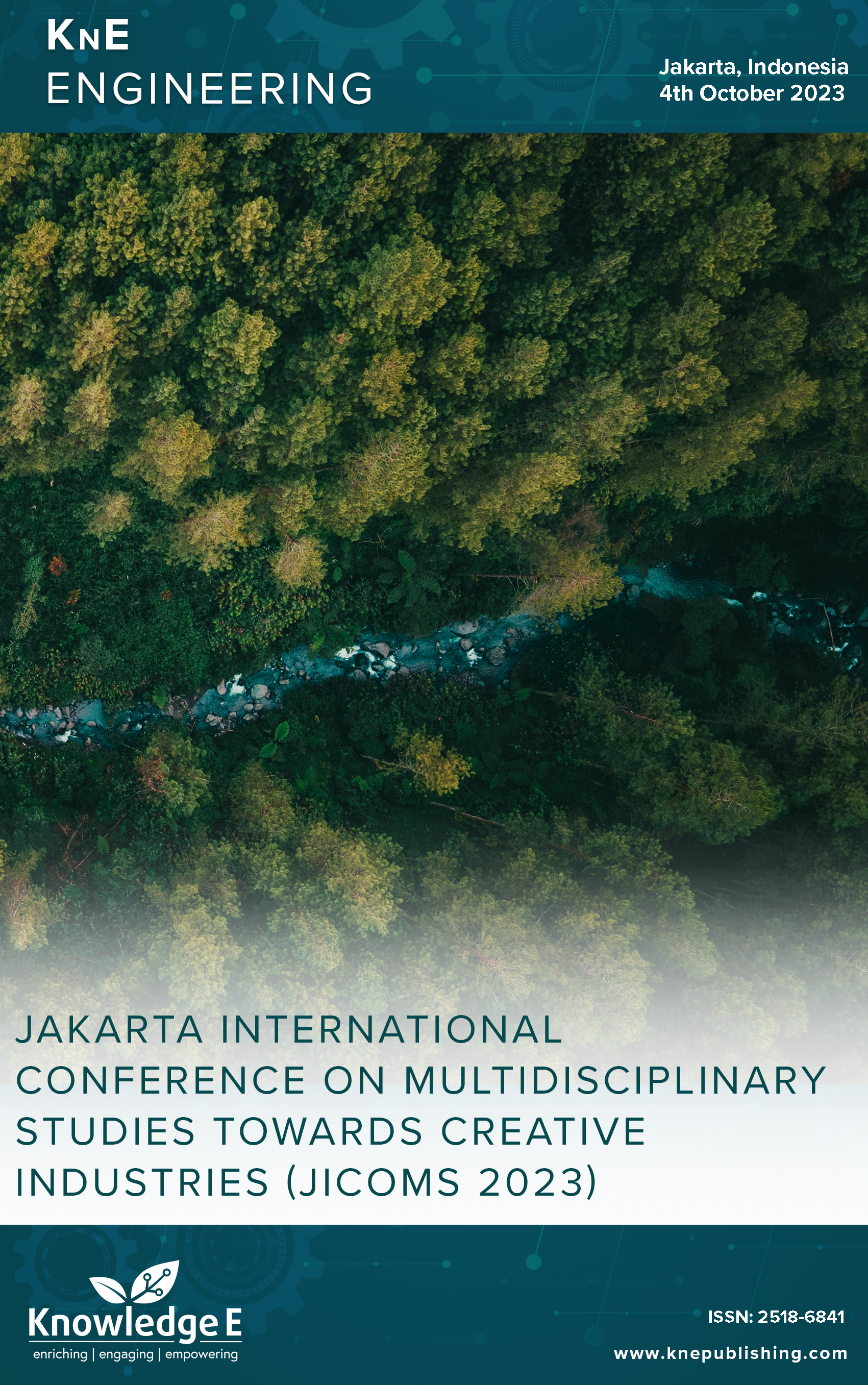Public--Private Cooperation Funding Juxtaposed of University--Community Engagement in Europe: Systematic Review
DOI:
https://doi.org/10.18502/keg.v6i1.15433Abstract
This article explores the utilization of public–private funding models in European universities and its implications for community empowerment initiatives, particularly University–Community Engagement (UCE) projects. A systematic literature review (SLR) was conducted using the Scopus database, screening 50 articles relating to public–private funding models in European universities. The study reveals that while public–private funding models have gained traction in the academic sphere, they primarily focus on supporting applied science research projects. In contrast, the funding of projects solely oriented toward community empowerment remains limited, with only one article addressing this potential. The findings highlight the challenges associated with employing public–private funding for UCE projects with a strong emphasis on community empowerment. Public–private funding, typically sourced from industry partners, tends to prioritize product innovations and productivity enhancements, posing a mismatch with the social justice-oriented nature of UCE. This discrepancy underscores a significant research gap in UCE and calls for innovative approaches to develop supportive funding frameworks that can effectively sustain UCE initiatives.
Keywords: public–private funding, university–community engagement, European University
References
[2] Chile LM, Black XM. University–community engagement: Case study of university social responsibility. Educ Citizsh Soc Justice. 2015;10(3):234–253.
[3] Mutero IT, Govender IG. Moving from transactional partnerships to collaborative university community engagement: A case study evaluating creative placemaking in KwaZulu-Natal province. S Afr Rev Sociol. 2019;50(1):3–17.
[4] Nation M, Bess K, Voight A, Perkins DD, Juarez P. Levels of community engagement in youth violence prevention: The role of power in sustaining successful universitycommunity partnerships. Am J Community Psychol. 2011;48(1–2):89–96.
[5] Preradovic NM, Calic M. Rural 3.0: A case study of university–community engagement through rural service-learning in Croatia. J High Educ Outreach Engagem. 2022;26(1):117–128.
[6] Brackmann SM. Community engagement in a neoliberal paradigm. J High Educ Outreach Engagem. 2015;19(4):115–146.
[7] Mores LS, Lee J, Bae W. University-community partnerships: A local planning coproduction study on Calabarzon, Philippines. Sustainability (Basel). 2019;11(7):1850.
[8] Albats E, Fiegenbaum I, Cunningham JA. A micro level study of university industry collaborative lifecycle key performance indicators. J Technol Transf. 2018;43(2):389– 431.
[9] Jacob BA, Lefgren L. The impact of research grant funding on scientific productivity. J Public Econ. 2011;95(9–10):1168–1177.
[10] Franco M, Haase H. University–industry cooperation: Researchers’ motivations and interaction channels. J Eng Technol Manage. 2015;36:41–51.
[11] Scandura A, Iammarino S. Academic engagement with industry: the role of research quality and experience. J Technol Transf. 2022;47(4):1000–1036.
[12] Benneworth P, et al. Mapping and critical synthesis of current state-of-the-art on community engagement in higher education. Zagreb, Croatia: Institute for the Development of Education; 2018.
[13] Kraus S, Breier M, Lim WM, Dabic M, Kumar S, Kanbach D, et al. Literature reviews as independent studies: Guidelines for academic practice. Rev Manag Sci. 2022;16(8):2577–2595.
[14] Franceschini F, Maisano D, Mastrogiacomo L. Empirical analysis and classification of database errors in Scopus and Web of Science. J Informetrics. 2016;10(4):933–953.
[15] Tennant J. Web of Science and Scopus are not global databases of knowledge. Eur Sci Ed. 2020;46:e51987.
[16] Baas J, Schotten M, Plume A, Côté G, Karimi R. Scopus as a curated, high-quality bibliometric data source for academic research in quantitative science studies. Quant Sci Stud. 2020;1(1):377–386.
[17] Echchakoui S. Why and how to merge Scopus and Web of Science during bibliometric analysis: The case of sales force literature from 1912 to 2019. J Market Anal. 2020;8(3):165–184.
[18] Falagas ME, Pitsouni EI, Malietzis GA, Pappas G. Comparison of PubMed, Scopus, Web of Science, and Google Scholar: Strengths and weaknesses. FASEB J. 2008;22(2):338–342.
[19] Martín-Martín A, Orduna-Malea E, Thelwall M, Delgado López-Cózar E. Google Scholar, Web of Science, and Scopus: A systematic comparison of citations in 252 subject categories. J Informetrics. 2018;12(4):1160–1177.
[20] Mongeon P, Paul-Hus A. The journal coverage of Web of Science and Scopus: A comparative analysis. Scientometrics. 2016;106(1):213–228.
[21] Pranckute R. Web of Science (WoS) and Scopus: The titans of bibliographic information in today’s academic world. Publ MDPI. 2021;9(1):12.
[22] Zhu J, Liu W. A tale of two databases: The use of Web of Science and Scopus in academic papers. Scientometrics. 2020;123(1):321–335.
[23] Boell SK, Cecez-Kecmanovic D. On being ‘systematic’ in literature reviews in IS. J Inf Technol. 2015;30(2):161–173.
[24] Jackson JL, Kuriyama A. How often do systematic reviews exclude articles not published in English? J Gen Intern Med. 2019;34(8):1388–1389.
[25] Haddaway NR, Page MJ, Pritchard CC, McGuinness LA. PRISMA2020: An R package and Shiny app for producing PRISMA 2020-compliant flow diagrams, with interactivity for optimised digital transparency and Open Synthesis. Campbell Syst Rev. 2022;18(2):e1230.
[26] Song Y, Berger R, Rachamim M, Johnston A, Colladon AF. Modeling the industry perspective of university-industry collaborative innovation alliances: Player behavior and stability issues. Int J Eng Bus Manag. 2022;14:184797902210972.
[27] Horta H, Meoli M, Vismara S. Crowdfunding in higher education: Evidence from UK Universities. High Educ. 2022;83(3):547–575.
[28] Adegbile AS, Sarpong D, Kolade O. Environments for Joint University-Industry Laboratories ( JUIL): Micro-level dimensions and research implications. Technol Forecast Soc Change. 2021;170:120888.
[29] Lauvås T, Steinmo M. The role of proximity dimensions and mutual commitment in shaping the performance of university-industry research centres. Innovation (North Syd). 2021;23(2):182–208.
[30] Stahl BC, Wakunuma K, Rainey S, Hansen C. Improving brain computer interface research through user involvement - The transformative potential of integrating civil society organisations in research projects. PLoS One. 2017;12(2):e0171818.
[31] Link AN. Basic research and productivity increase in manufacturing: additional evidence. Am Econ Rev. 1981;7(15):1111–1112.


